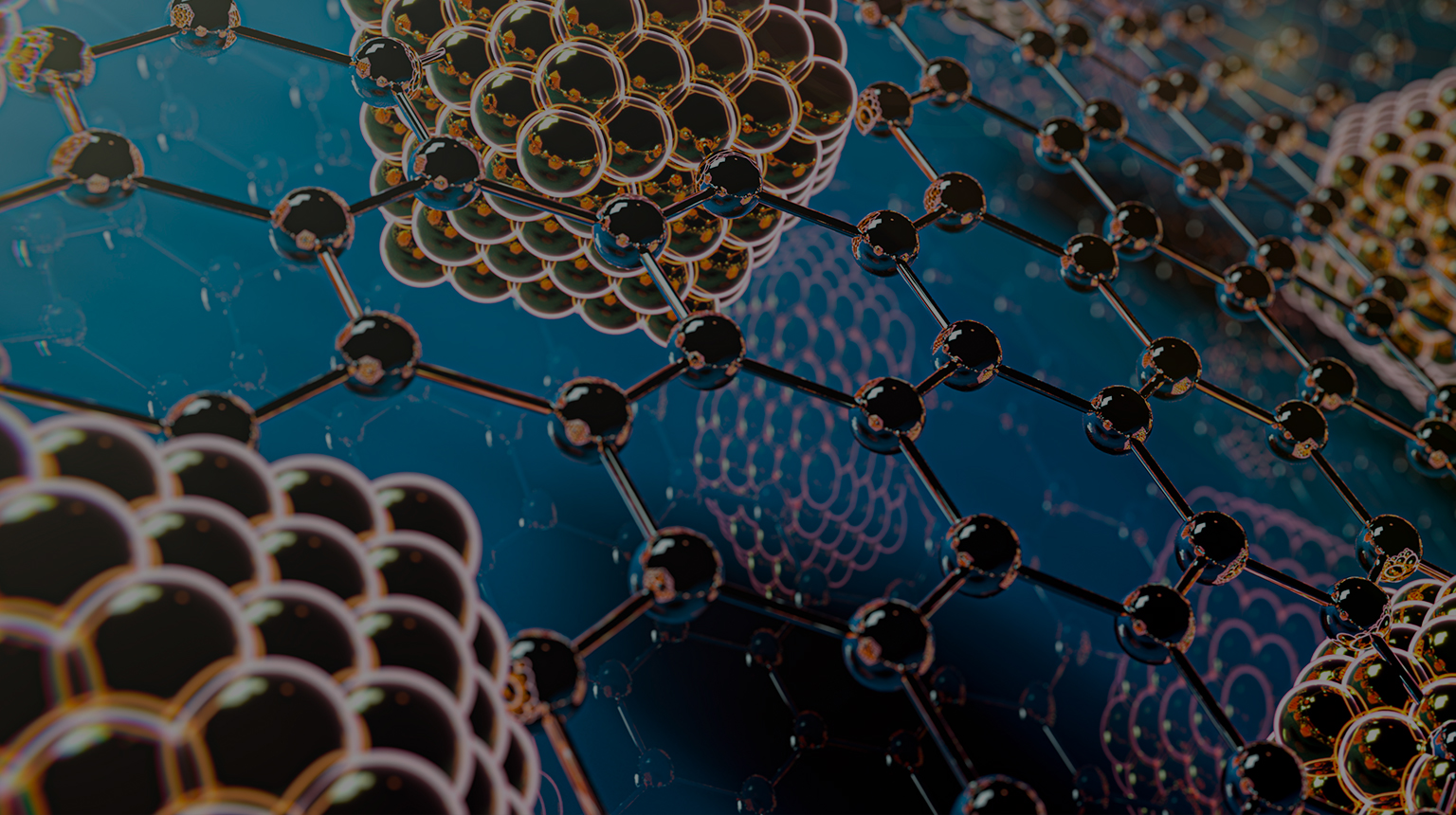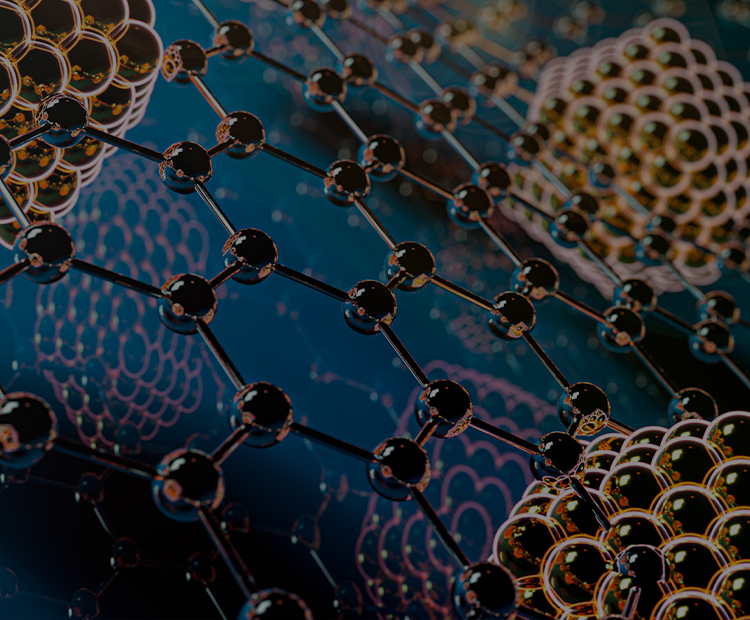

Publication
- HOME
- Publication
Publication
|
HAA formation during chloramination - Significance of monochloramine's direct reaction with DOM
관리자 │ 2024-05-28 HIT 468 |
|---|
|
Journal: Journal / American Water Works Association Authors: Hong Y.; Liu S.; Song H.; Karanfil T. Abstract: The literature reports significantly different patterns for haloacetic acid (HAA) formation kinetics during chloramination. This study systematically examines the routes of HAA formation and elucidates the cause(s) behind the inconsistencies and discrepancies reported for HAA formation patterns. Until now, it has been generally accepted that free chlorine that formed as a result of monochloramine decomposition was responsible for most of the HAA formation in a chloraminated water. However, laboratory experiments conducted in this research indicated that the direct reaction of monochloramine with dissolved organic matter plays the major role in HAA formation during chloramination. In addition, the authors showed that the use of ammonia chloride, which is recommended by the US Environmental Protection Agency as a quenching agent in method 552.3, may lead to overestimations of HAA concentrations in chloraminated water samples. Study findings should prove useful in devising HAA control strategies and developing mechanistic or empirical models of HAA formation. Keywords: None |
| 이전글 | Reduction by bimetallic reactive materials containing zero-valent iron |
|---|---|
| 다음글 | Reduction of chlorinated methanes by nano-sized zero-valent iron. Kinetics, path... |





